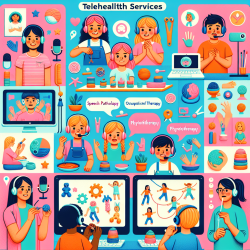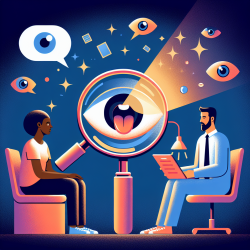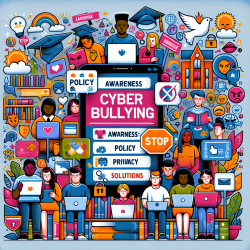The landscape of nicotine addiction and smoking cessation is continually evolving, presenting new challenges for primary care providers. Two significant developments in this field are the emergence of electronic cigarettes (e-cigarettes) and the concept of thirdhand smoke. Understanding these issues is crucial for practitioners aiming to provide comprehensive care to patients dealing with nicotine addiction.
The Rise of E-Cigarettes
E-cigarettes, also known as electronic nicotine delivery systems (ENDS), have gained popularity as an alternative to traditional smoking. These battery-powered devices convert liquid nicotine into vapor, which users inhale. Despite being marketed as a safer alternative to smoking, there is limited evidence supporting their safety and effectiveness in aiding smoking cessation.
The vapors from e-cigarettes are complex mixtures of chemicals, not pure nicotine. The long-term health effects of inhaling these vapors remain unknown. Additionally, e-cigarettes are not FDA-approved as smoking cessation devices. Practitioners should be prepared to address patient inquiries about e-cigarettes and guide them towards proven smoking cessation methods.
The Hidden Dangers of Thirdhand Smoke
Thirdhand smoke refers to the residual tobacco smoke contamination that persists long after a cigarette has been extinguished. This residue accumulates on surfaces such as furniture, carpets, and walls, posing a health risk through skin contact, inhalation, or ingestion.
This exposure is particularly concerning for children who play on contaminated surfaces. Thirdhand smoke can react with indoor pollutants to form potent carcinogens, making it a significant public health concern. Educating patients about the dangers of thirdhand smoke can motivate them to enforce stricter no-smoking policies at home.
Practical Steps for Practitioners
Practitioners can play a pivotal role in addressing these emerging challenges by:
- Counseling Patients: Discuss the risks associated with e-cigarettes and thirdhand smoke during consultations. Use evidence-based information to guide patients towards safe and effective smoking cessation strategies.
- Promoting Proven Methods: Encourage the use of FDA-approved smoking cessation aids and resources such as telephone quitlines and counseling services.
- Staying Informed: Keep abreast of the latest research on nicotine addiction and smoking cessation through reputable sources like the Electronic cigarettes and thirdhand tobacco smoke: two emerging health care challenges for the primary care provider.
- Educating Families: Highlight the importance of maintaining smoke-free environments at home to protect vulnerable individuals from thirdhand smoke exposure.
The knowledge gap surrounding e-cigarettes and thirdhand smoke underscores the need for ongoing research and education. By integrating these insights into clinical practice, practitioners can better support patients in achieving long-term abstinence from tobacco use.
To read the original research paper, please follow this link: Electronic cigarettes and thirdhand tobacco smoke: two emerging health care challenges for the primary care provider.










